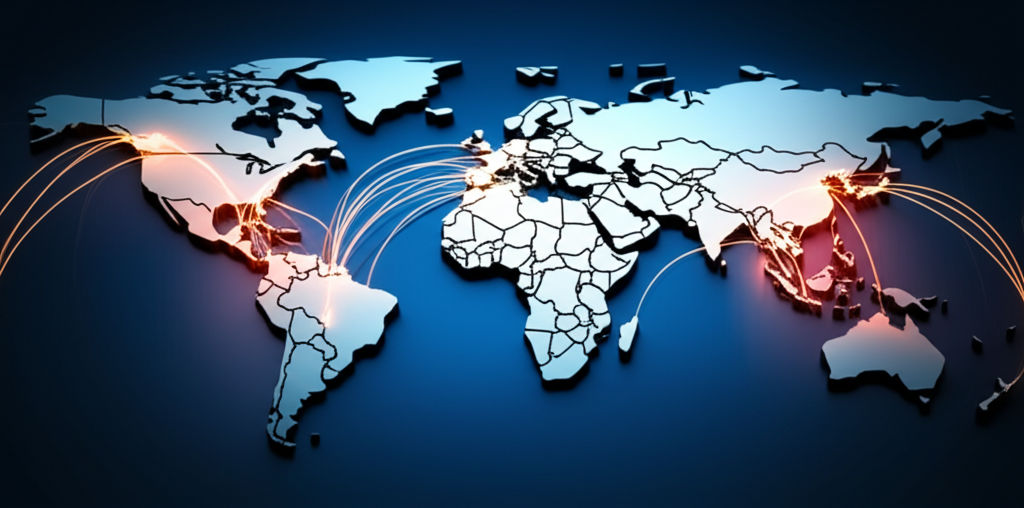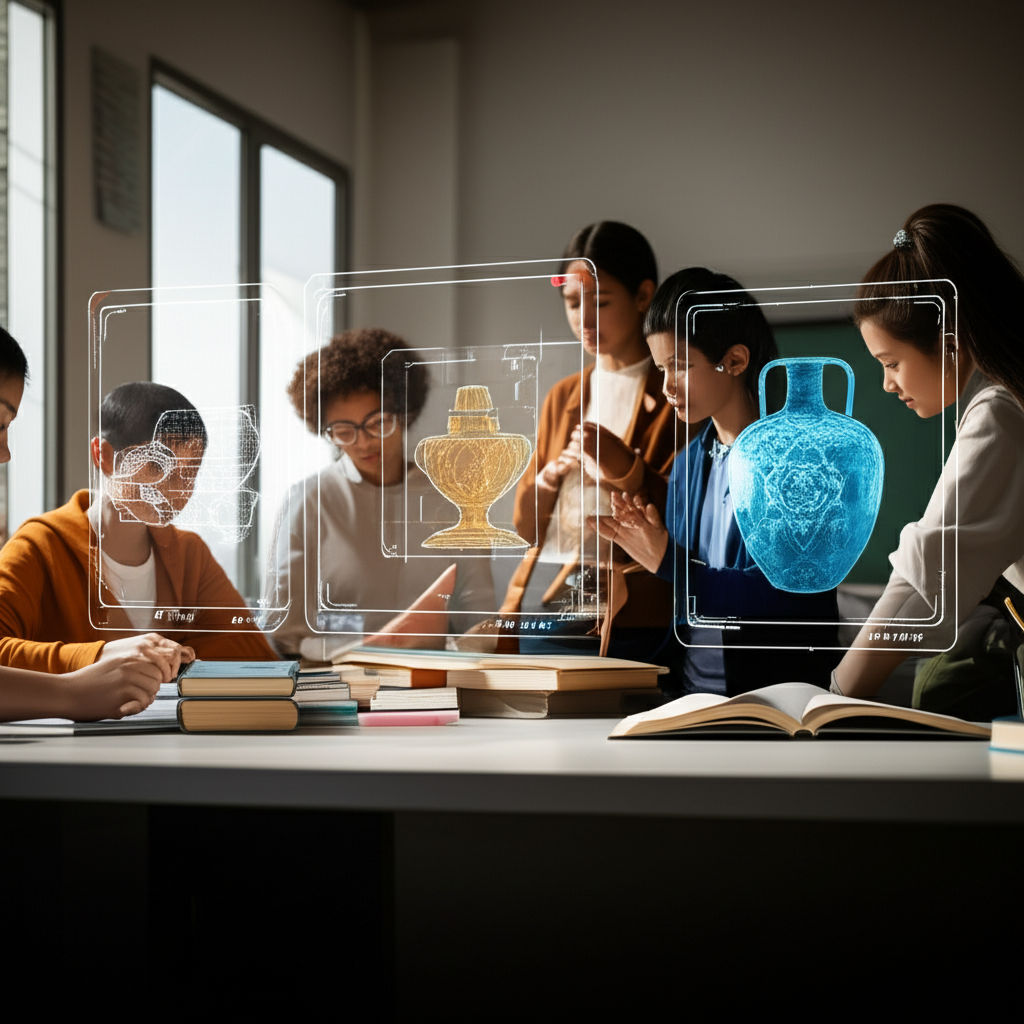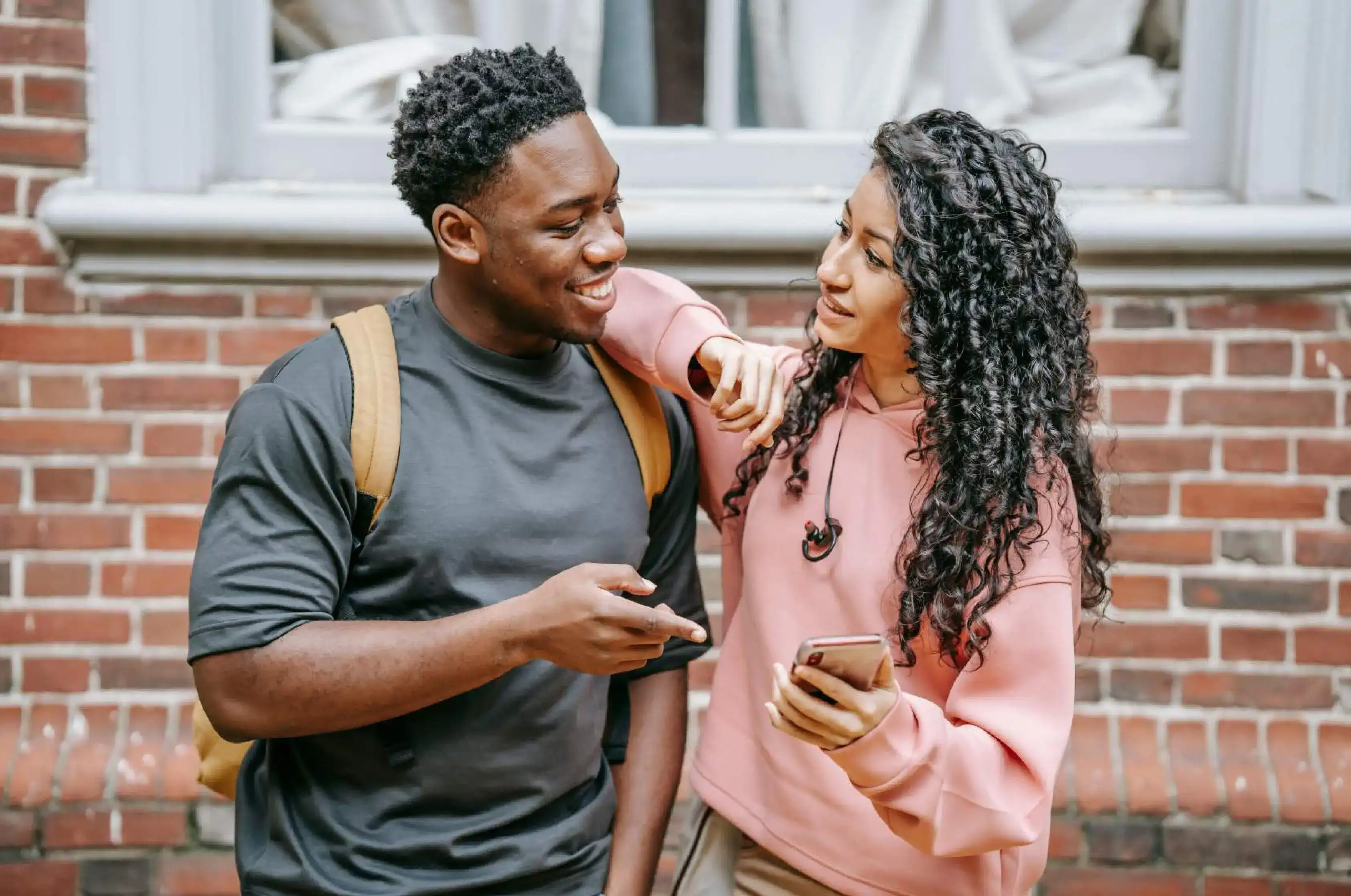Challenges and Strategies for Enhancing Regional Economic Integration
Emily Willis

Photo: Challenges and Strategies for Enhancing Regional Economic Integration
Regional economic integration refers to the process by which countries in a geographic region cooperate to reduce barriers to trade and investment, thereby promoting economic growth and development. While regional integration offers numerous benefits, it also presents significant challenges that must be addressed to maximize its potential. This article explores the key challenges faced in enhancing regional economic integration and proposes strategies to overcome these obstacles effectively.
Understanding Regional Economic Integration
Regional economic integration involves various forms, ranging from preferential trade agreements (PTAs) to customs unions and common markets. These initiatives aim to deepen economic ties between member countries, harmonize policies, and create a more seamless environment for trade, investment, and economic cooperation.
Challenges in Enhancing Regional Economic Integration
Diverse Economic Structures: Member countries often have diverse economic structures, levels of development, and industrial capacities, which can complicate efforts to align economic policies and integrate markets.
Trade Barriers and Tariffs: Persistent trade barriers, tariffs, non-tariff barriers, and protectionist measures hinder the free flow of goods and services within the region, limiting market access and economic efficiency.
Infrastructure Gaps: Inadequate infrastructure, including transport, energy, and digital infrastructure, impedes trade facilitation, increases transaction costs, and limits the benefits of regional integration.
Regulatory and Legal Frameworks: Differences in regulatory frameworks, legal systems, and administrative procedures across member states create barriers to business operations, investment, and cross-border trade.
Political Will and Governance: Regional integration requires strong political will, effective governance, and commitment from member states to implement agreed-upon policies and initiatives consistently.
Socioeconomic Disparities: Socioeconomic disparities between member countries, including income inequality, poverty levels, and social development gaps, pose challenges to achieving inclusive growth and shared benefits from integration.
External Factors: Global economic uncertainties, geopolitical tensions, and external shocks, such as pandemics or financial crises, can impact regional integration efforts and economic stability.
Strategies for Overcoming Challenges
Harmonization of Policies: Foster dialogue and cooperation among member states to harmonize trade policies, regulatory frameworks, and standards to create a unified market and reduce administrative burdens.
Infrastructure Development: Invest in regional infrastructure projects to improve connectivity, transport networks, energy grids, and digital connectivity, facilitating smoother trade flows and economic integration.
Trade Facilitation: Simplify customs procedures, reduce trade barriers, and enhance border management to streamline cross-border trade, lower transaction costs, and boost trade volumes within the region.
Capacity Building and Skills Development: Invest in human capital development, skills training, and technical assistance to enhance the capacity of businesses and institutions to participate effectively in regional markets.
Promotion of Small and Medium Enterprises (SMEs): Support SMEs through targeted policies, access to finance, technology adoption, and market linkages within the regional bloc to foster entrepreneurship and inclusive economic growth.
Institutional Strengthening: Strengthen regional institutions, frameworks, and mechanisms for policy coordination, dispute resolution, and implementation oversight to ensure compliance and effectiveness.
Public-Private Partnerships (PPPs): Encourage PPPs to mobilize private sector investment in infrastructure, innovation, and sustainable development projects that benefit multiple member countries.
Case Studies: Successful Regional Integration Efforts
European Union (EU): The EU represents a successful example of regional economic integration, with harmonized policies, a single market, and a customs union that facilitates free movement of goods, services, capital, and people.
ASEAN (Association of Southeast Asian Nations): ASEAN has made significant strides in regional integration through the ASEAN Economic Community (AEC), focusing on trade facilitation, infrastructure development, and policy harmonization among its member states.
Mercosur: Mercosur, comprising countries in South America, has promoted regional economic integration through trade liberalization, customs cooperation, and joint infrastructure projects to enhance connectivity and economic cooperation.
Conclusion
Enhancing regional economic integration presents both challenges and opportunities for member countries to achieve sustainable economic growth, enhance competitiveness, and foster regional stability. By addressing barriers through policy harmonization, infrastructure development, trade facilitation, capacity building, and institutional strengthening, regions can unlock the full potential of integration and create a conducive environment for shared prosperity and development. Collaboration among governments, businesses, and stakeholders is crucial to overcoming challenges and building resilient, integrated economies that benefit all member states and contribute to global economic stability.
Latest ✨
View AllThe Autism Education Trust (AET) leads the way in inclusive education, empowering autistic children to thrive with understanding, support, and belonging.
Emily Willis
Unlock business success! Learn producer behavior: optimize costs, boost revenue, and master strategies for profit maximization and market dominance.
Emily Willis
Boost your business profitability! Discover how cost analysis empowers informed decisions, optimizes spending, and fuels sustainable growth.
Emily Willis
Embrace the FintechZoom lifestyle! Learn how digital innovation simplifies, optimizes, and empowers your financial future. Navigate modern finance with ease.
Emily Willis
Business
View All
August 5, 2024
Tips for Maintaining a Balance Between Work and Personal LifeAchieving a healthy work-life balance is essential for overall well-being, productivity, and happiness. Setting clear boundaries, prioritizing self-care, managing time effectively, nurturing relationships, and learning to unplug are key strategies to maintain this balance. It is important to communicate your needs effectively, seek support, and delegate tasks when necessary.
Emily Willis

June 8, 2025
Business Continuity: Plan for CrisesNavigate crises with a robust business continuity plan. Minimize downtime, protect your people & reputation, and ensure long-term business viability.
Emily Willis

June 8, 2025
Analyze Profitability: Boost Your BottomUnlock your business's true potential! Learn how thorough profitability analysis boosts your bottom line, enhances financial health, and drives sustainable grow...
Emily Willis
Economy
View AllFintech innovation is reshaping finance. Unlock a new era of accessible, efficient, and personalized financial services with digital banking & AI.
Read MoreThe inflation threat explained. Understand its causes and discover effective cures to protect your purchasing power and navigate economic challenges.
Read MoreDiscover how geopolitics is redrawing the global economic map. Understand shifts in trade, power, and competition to navigate this new era.
Read MoreEntertainment
View All
August 5, 2024
Music Universal Language: Connecting and Inspiring Across CulturesMusic has the power to transcend language barriers and connect people on a deep emotional level. It serves as a bridge between cultures, fostering understanding and appreciation for diversity. The universality of rhythm and melody creates a sense of unity, while the diversity of musical styles allows for exploration and creativity.
Emily Willis

August 5, 2024
Arts Education's Importance: Nurturing Creativity and Fostering ExpressionArts education is often overlooked in a world focused on standardized tests and STEM subjects, but it plays a vital role in nurturing creativity, self-expression, and essential skills in students. Arts education allows students to unleash creativity, build confidence, improve communication and collaboration skills, develop critical thinking and problem-solving abilities, increase cultural awareness and appreciation, and enhance emotional intelligence.
Emily Willis

August 4, 2024
Exploring Virtual Reality (VR) in Entertainment: Future Applications and DevelopmentsVirtual Reality (VR) technology is revolutionizing the entertainment industry by providing immersive and interactive experiences that transform audience interaction with content. VR creates simulated environments that allow users to engage with virtual worlds, characters, and narratives in ways that traditional media cannot.
Emily Willis
Health
View AllBreaking the silence: This article explores men's mental health, societal pressures, and unique challenges. Discover steps to foster mental wellness.
Emily Willis
Your guide to CVS Health remote jobs. Explore diverse WFH roles, benefits, and how to apply for a flexible career in healthcare.
Emily Willis
King Charles's health updates: prostate & cancer. See how the Royal Family's transparency impacts the monarchy and boosts public health awareness.
Emily Willis
Trending 🔥
View All
1
2
3
5
6
7
8
9
10
Lifestyle


Technology
View All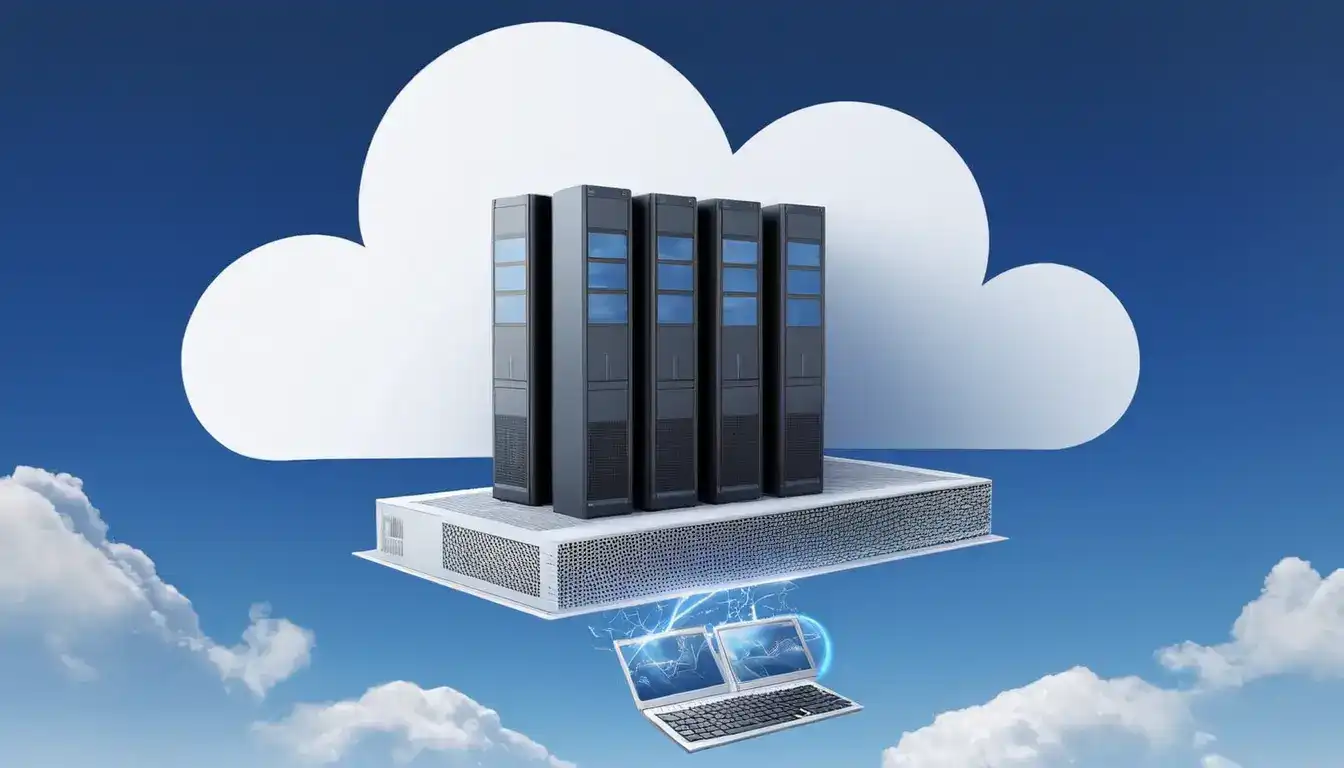
August 5, 2024
How to Choose the Right Cloud Computing Platform for Your Needs
Choosing the right cloud computing platform is essential for business success. Factors to consider include assessing business needs, evaluating cost and pricing models, analyzing performance and reliability, examining security and compliance, considering scalability and flexibility, evaluating support and customer service, assessing integration and compatibility, and reviewing user experience and ease of use.

August 5, 2024
How to Build a Smart Home Using IoT Devices
The concept of a smart home has become a practical reality for many homeowners, utilizing IoT devices to automate and control household functions.

August 5, 2024
Top 10 Steam Games of 2024
Discover the 10 best Steam games of 2024 and embark on an unforgettable adventure. From breathtaking open-world epics to thrilling FPS battles, these must-play games will keep you entertained for hours. Get ready to dive into the exciting world of Steam gaming and discover your next favorite game!
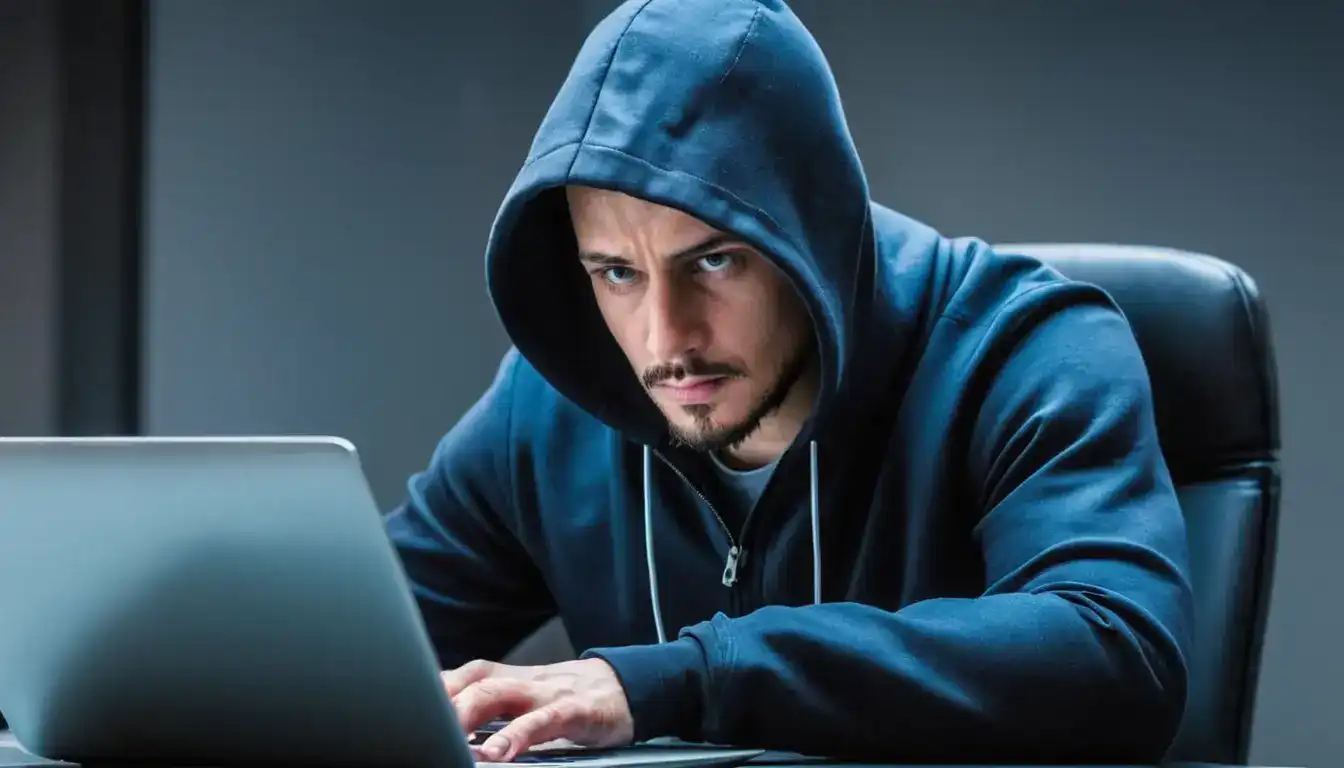
August 4, 2024
All-Time High Cybersecurity Breach: How to Safeguard Your Company and Personal Information
threat of cybersecurity breaches in today's digital age, highlighting factors contributing to the rise in cyberattacks such as increased reliance on technology, evolving threats, remote work, and profit motive for cybercriminals.






